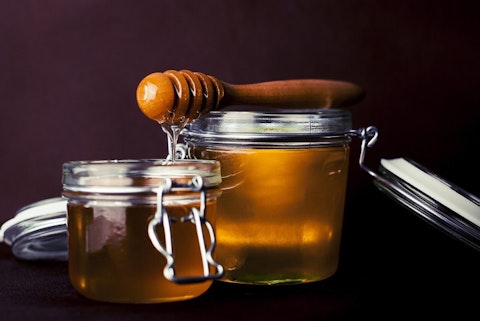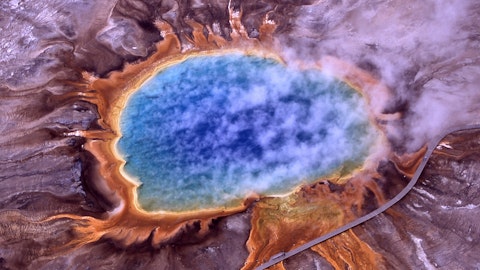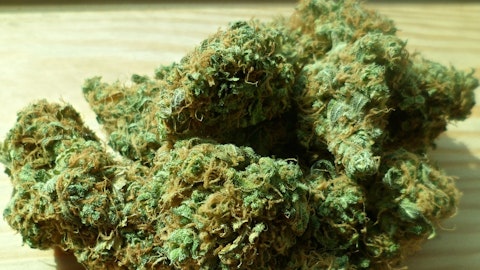Honey is one of the most effective natural remedies in the world, along with the ability to taste absolutely delicious, attributes which are deservingly appreciated by the 8 countries that produce the most honey in the world. Honey is a sweet tasting food which is produced by bees. Did you notice how we did not say honey bees but just bees? That is because the belief that honey bees are the only bees which have the ability to create or produce honey is actually just a myth, even though a wildly popular myth at that. Of course, we don’t blame you since even the name suggests that honey bees are the only types of insects who can produce the food they are named after. However, there are other types of bees and insects which can produce honey, such as stingless bees and honey wasps. Of course, the quantity that they produce is comparatively lower while the qualities also differ somewhat. Hence, most of the honey is produced by honey bees. If honey is not your choice food, you may be more interested in learning about the 8 countries that produce the most grain in the world.
Honey is produced by honeybees through the process of regurgitation and evaporation. The presence of glucose and fructose give honey its popular sweet taste, which is actually comparable to that of ungranulated sugar. However, it does have a distinctive taste which is why it is often preferred in cooking over sugar. Furthermore, the chemical properties of honey are such that most microorganisms are unable to grow in it, which is why honey remains fine and does not spoil, even for more than a thousand years.

On the other hand, parts of a specific bacteria can be found in honey, which is why it can potentially be dangerous for babies as the bacteria can end up causing botulism.
In addition, people who are already victim to a weak immune system should avoid consuming honey as well, as it can result in a fungal or even bacterial infection, hence further damaging an already weak immune system.
Honey is not just a delicious food. Evidence suggests that honey may be effective in curing burns or wounds; however, no outright conclusion has yet been reached in this regard. Again, while honey is safe to eat, excessive consumption may be dangerous as could be the consumption of honey with drugs or any existing diseases.
The history of honey can be traced back down to around 8,000 years ago. This has been determined by cave paintings extracted from that period, which show human foraging honey.
While people cite honey as a cure for hacking coughs, studies again are inconclusive regarding this belief. Most studies have failed to find a strong causation between consuming honey and the reduction of coughs. Hence, most suggestions state that honey does not play either a positive or negative role in the curing of coughs. On the other hand, in kids, honey has been shown to be slightly effective in curing coughs.
The World Health Organization has lent its support to honey as a cure for coughs, in both adults and children, citing that evidence suggests it is as good as any commercial treatment available.
While honey is not a miracle cure which has the ability to combat cancer, it can help reduce the side effects of treatments which are required to defeat cancer, such as chemotherapy or radiation treatment.
Honey produced from some flowers can result in mad honey intoxication, which basically causes excessive perspiration, dizziness, weakness, vomiting and nausea. Some other cases saw shock, low blood pressure and irregularities in the heart rhythm, while the rarest of cases may even cause death.
To find out which countries produce the most honey in the world, we’ve looked on the website of the Food and Agriculture Organization of the United Nations. Can you believe that 1.7 million tonnes of honey were produced in 2013 mostly by these countries:





